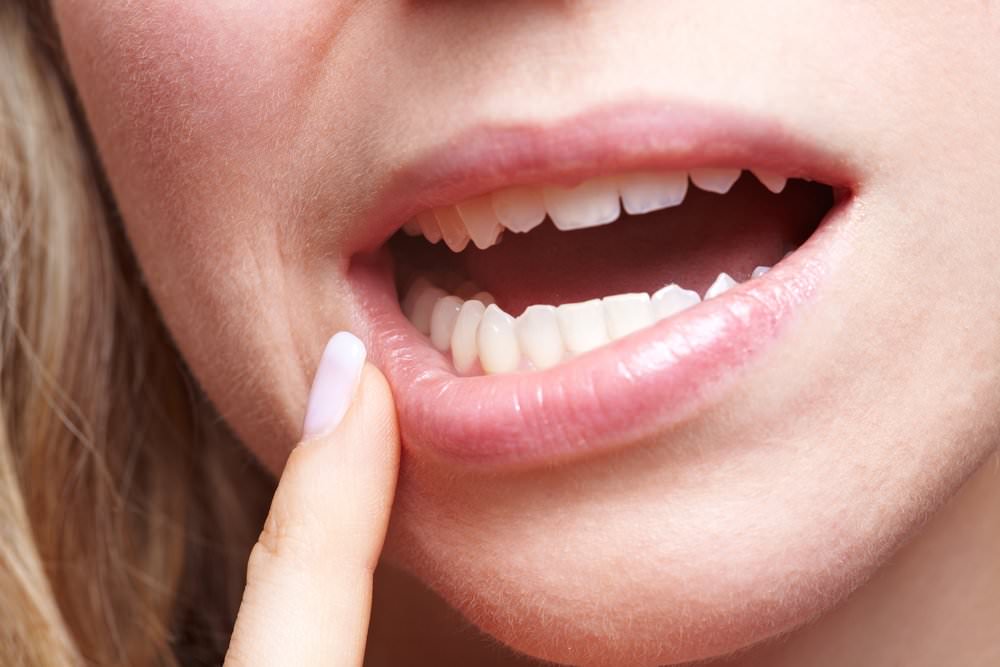In the grand scheme of medical conditions, it’s probably something that’s very much understated. However, left untreated gum disease can lead to a whole host of problems and unlike some teeth concerns – it’s not just going to be cosmetic. In other words, it can cause you immense pain, as well as looking dreadful.
Fortunately, it’s most certainly a condition that’s becoming more understood. According to John Binkley Dallas, there are four separate stages to gum disease and if you can tackle the problem early on, you shouldn’t have anything to be concerned about. Here’s exactly what happens, and how just daily brushing and flossing can stop the problem in its tracks.
Stage #1 – Gingivitis
This is probably the easiest stage to diagnose and if you start to notice that your gums bleed during brushing, or if they are just more sensitive than usual, it’s a sign that gum disease could be around the corner.
Scientifically its classed as Gingivitis although as the condition has been kept early, it could be reversed if you simply improve your teeth’s maintenance.
Stage #2 – Early Periodontitis
The next stage is where things start to take a turn for the worse. It’s here where some serious dental help might be required, with gums starting to pull away from your teeth being the main sign.
Additionally, it should go without saying that the bleeding mentioned in the first stage will have intensified and will become much more frequent. You may also start to experience a bad taste in your mouth, or bad breath.
If a dentist were to take a look in your mouth at this point, there’s every chance that the probe depths may exceed 4mm.
Stage #3 – Moderate Periodontitis
Unsurprisingly, all of the issues that have been noted so far will suddenly become much worse.
If you were to have an x-ray, a scan could show that bone loss has occurred while there could be significant gaps between the teeth.
While the probe depths may have been around 4mm in the previous stage, it’s here that they can be up to 6mm.
Some people may also believe that your teeth are longer. This is because your gums have started to drift away from the original tooth structure – creating that elongated appearance.
Stage #4 – Advanced Periodontitis
As you may have guessed by this point, this is the end of the road for gum disease.
It’s here where all of the problems which have so far occurred combine. There’s every chance that your teeth have become completely loose, while bad breath will be a daily occurrence.
You will also start to experience more pain due to heightened tooth sensitivity, while there is even more bone loss than before and probe depths can read up to 10mm.
As we have already highlighted, there are no significant procedures which can prevent gum disease. Daily brushing and flossing are the only two worthwhile solutions to ensure that the above process doesn’t even start.



Leave a Reply
You must be logged in to post a comment.